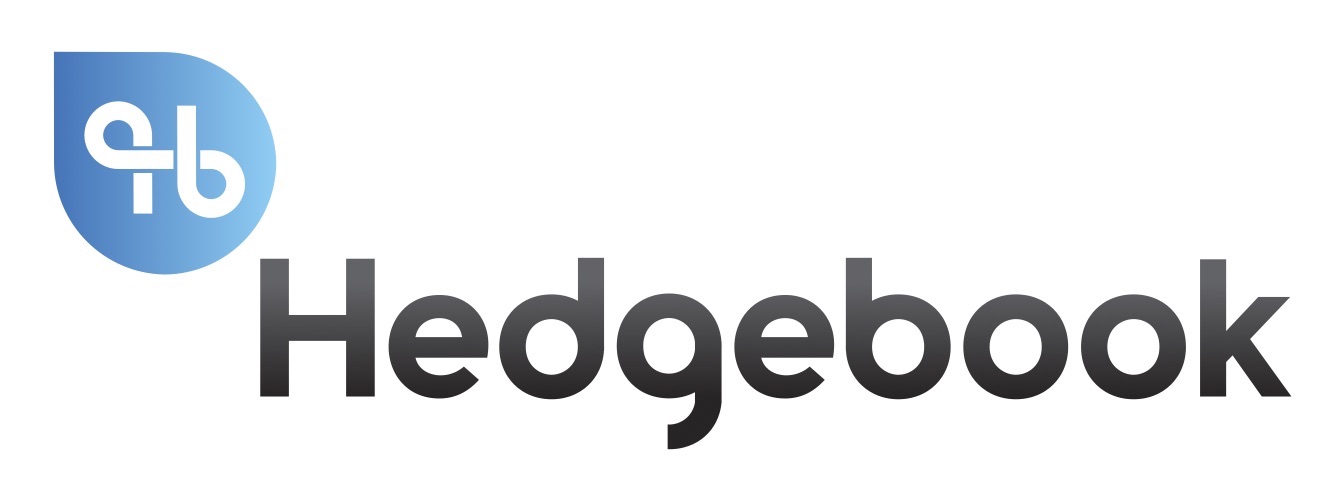Banks and large foreign exchange brokers have many FX customers to service. Each and every one of those customers has different needs and preferences for how they want to interact with their bank and broker. The bank and broker also have their preferred way to engage with their customers. So, what should a successful engagement look like?
Typically, brokers tend to want to deliver a more hands-on/consultative approach to FX risk exposure. The perception is their customers may not be getting this level of service from their bank. This “high touch” proactive approach enables the broker to differentiate themselves from the bank on more than just price.
The ability to deep dive into the customers’ business, understand the underlying foreign exchange risks and sell the most appropriate hedging product is key to the value brokers can add. Note we are talking about larger brokers who provide risk management services and not simply FX payment enablers.
Banks provide FX management value too
Banks, too, provide these consultative FX risk management approaches to their larger clients. However, banks generally tend to be more reactive and are very clear on the need to remain at “arm’s length” and not be seen to be providing “advice”. They enable the customer to understand the inherent risks foreign exchange movements can have on their business and the FX products and trading options that can be used to mitigate these risks.
The final decision to hedge, or not, and via which FX product, is firmly at the customers’ own risk. The sheer number of customers banks have meant it is not possible to provide the same level of “human” engagement to all. This is particularly true as sales desks and relationship managers are reducing in number and banks look to find more efficient ways to manage their clients. As more customers must be serviced by fewer bank personnel something has to give.
Technology also has a role
Naturally, technology plays a major part in solving this issue and Hedgebook’s development has moved more into this direction. Particularly banks, and to lesser extent brokers, want their customers to have the ability to “self-serve” and only reach out for further guidance and support when they need it.
This results in customers being able to:
- understand their current FX risk position
- perform “what-if” scenario analysis
- test hedging strategies
- execute a trade when they are ready
- request pricing for a trade
- contact their bank/broker if they need to discuss ahead of execution.
We see this work best when the bank and customer are both using the same tools. For the relationship manager to have the ability to jump online and see exactly what a customer is seeing is gold for you both. In many respects this provides the best of both worlds; the FX intelligence customers need in a very low-touch, low-cost more proactive package for the bank or broking firm.
Bridging the ‘proactive’ gap
However, not all customers are the same. Whether it’s industry experience or just their preferred way of working, they expect the bank or broker to do the heavy lifting and sustain a high level of engagement. This expectation may not be unreasonable if you sit in the top 5-10% of FX customers. When you sit outside of this you can’t really expect a bank or broker to absorb the cost of this at no charge – particularly when staff numbers are reducing.
It is unlikely there is a perfect answer for either side. In our experience banks and the larger FX brokers genuinely want to be more proactive and engage more to help their customers. Customers want that engagement but it needs to fit their particular needs and way of working. And that can vary from week to week or month to month.
As we have seen with the rise in online banking, the traditional relationship models between banks, brokers and customers have changed dramatically. FX trading is part of this continuum. Many customers are now driving the discussion and looking for how they can use tools, like Hedgebook, to change the conversation and bridge the ‘touch’ gap between proactive and reactive engagement. It may not be perfect – but it does work for most parties.
If you would like to take a closer look at how Hedgebook could put your bank or broker firm more in ‘touch’ with your customers please don’t hesitate to get in touch.

